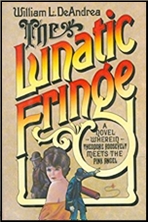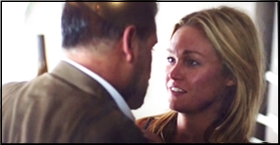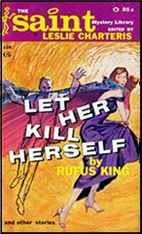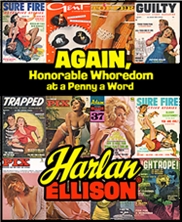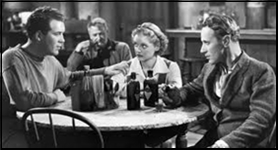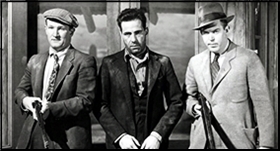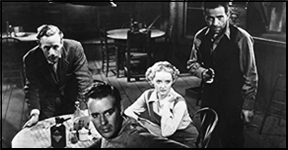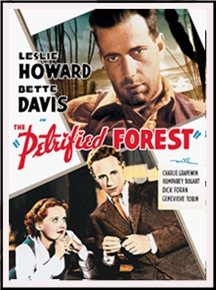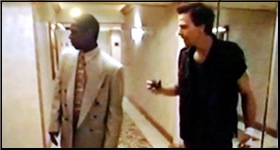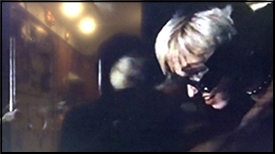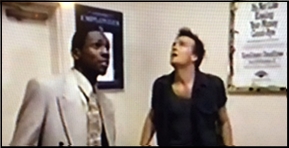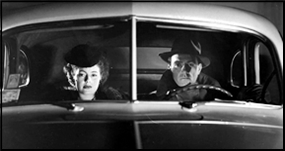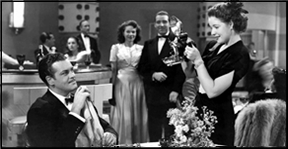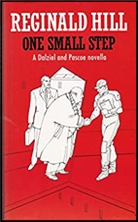Sat 22 Aug 2020
R. T. CAMPBELL – Unholy Dying. Professor John Stubbs #1. Westhouse, UK, hardcover, 1945. Dover, trade paperback, 1985, 2019.
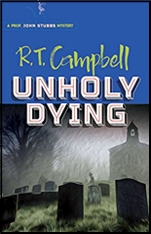
R. T. Campbell was the pen name of Ruthven Campbell Todd, a noted art critic, poet and fantasy novelist. He was obviously also a lover of detective stories, since under the Campbell byline he wrote seven of them, all within the space of two years, 1945 through 1946. Some of the them have been reprinted over years in the US, including three or four of them last year.
His series character, professor of botany John Stubbs, was a direct copy of John Dickson Carr’s Gideon Fell, a fact which falls into the category of “good intentions.†Based on this first one, it’s an enjoyable tale, true enough, but if it matched up in overall quality to that of its model, more people would have heard of both Campbell and Stubbs, and no, Sheila, they don’t or didn’t, then or now.
From page 4, a very apt of the detective himself: “…my Uncle John, looking like a shortsighted baby elephant, struggling up from his seat, which he must have found a pretty tight fit, waving a large bundle of manuscripts to his acquaintances around him and absentmindedly ignoring the protests of his neighbors, who, in the execution of this friendly gesture, he swiped on their heads, to the devastation of the flora and fauna on several professors’ wives’ hats.â€
The story is in large part told by his nephew, journalist Andrew Blake. Dead, by poison, is an obnoxious other member of academe, generally known to have stolen the work of others and a general overall boor in person. Unlike locked room and other “impossible†mysteries, in this case, all of the doors to the conference were open, and anyone could have done it.
But Stubbs, visably eager to take on his first case of murder, narrows the list of suspects to no more than five or six, which ordinarily would make the case also easy for the armchair detective at home to solve as well as Stubbs, who makes the unfortunate mistake of not telling anyone of his deductions, only ominous hints, and another murder occurs. Also not as ept as a detective story should be, if the killer turns out to be a surprise, it’s because that character of that person never is gone into. Not out of a hat, but somewhat close.
The telling is literate, but it still gets bogged way way down during the investigation. I’d have to call this one as being in the wheelhouse of those readers who already fans of the Golden Age of Detection. It won’t convert any others.
The Professor John Stubbs series –
Unholy Dying (n.) Westhouse 1945. (*)
Adventure with a Goat (n.) Westhouse 1946.
Bodies in a Bookshop (n.) Westhouse 1946. (*)
The Death Cap (n.) Westhouse 1946.
Death for Madame (n.) Westhouse 1946. (*)
Swing Low, Swing Death (n.) Westhouse 1946. (*)
Take Thee a Sharp Knife (n.) Westhouse 1946.
(*) Currently available as Dover reprint paperbacks.
—
Here’s a link to one other recent review of this one:
http://moonlight-detective.blogspot.com/2019/06/unholy-dying-1945-by-rt-campbell.html
And for a review of Bodies in a Bookshop on this blog by Doug Greene, go here.
